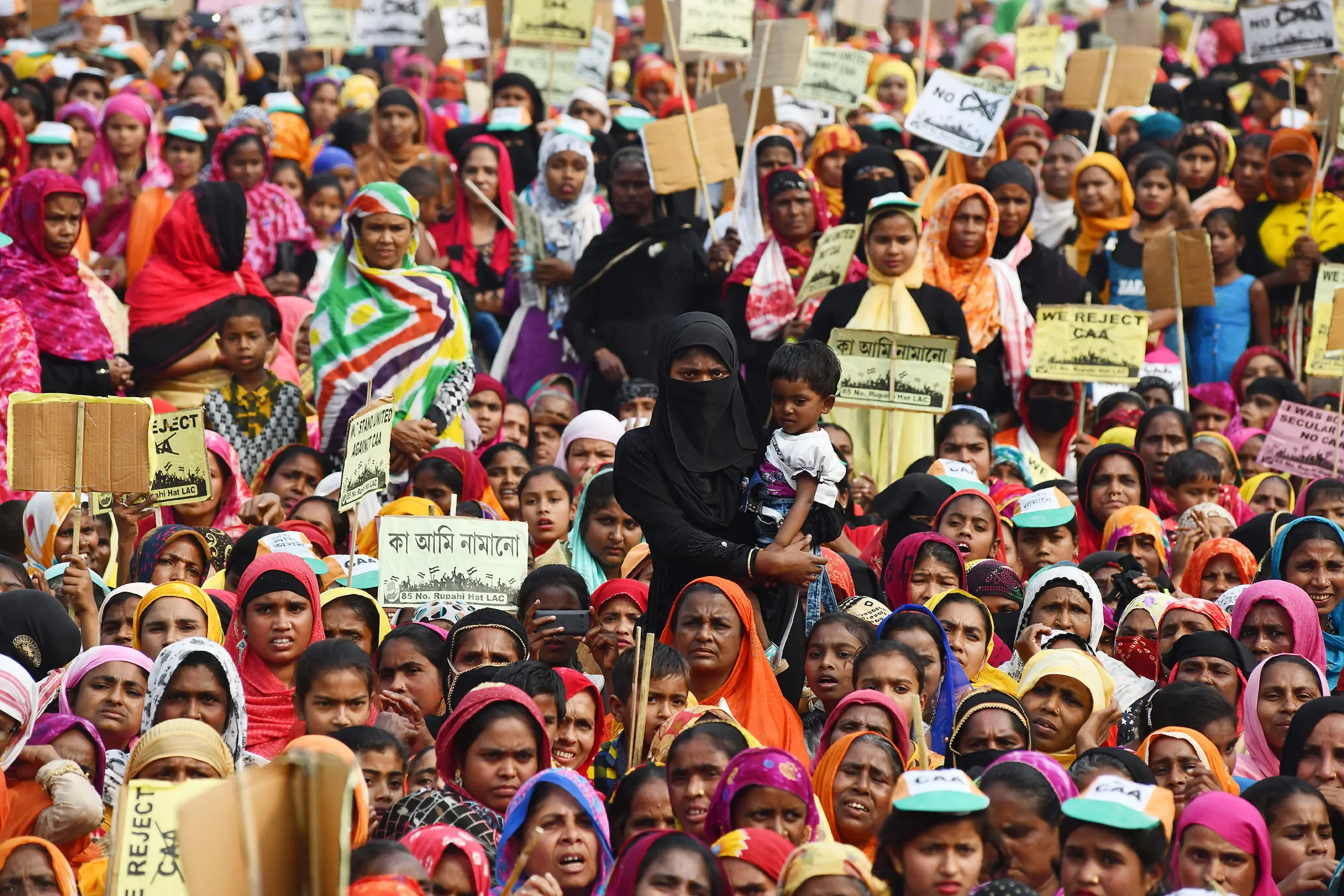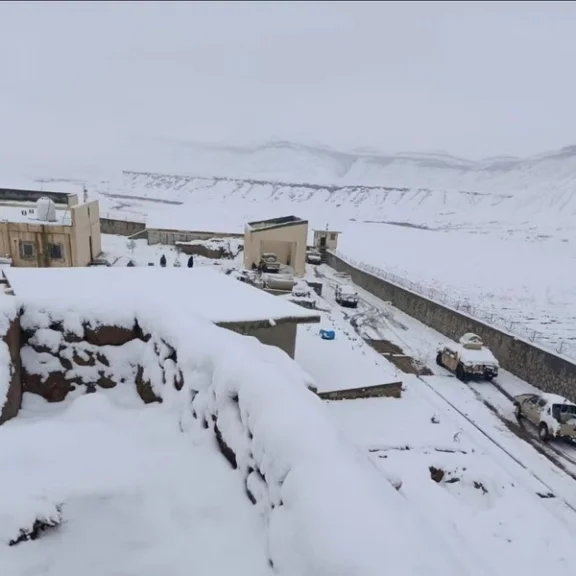India’s census delay impacts social and economic planning, experts say. Census data is indispensable for policymaking and for keeping estimates up to date.
In two months, projections show that India will become the world’s most populous country with over 1.4 billion people. For at least a year, and possibly longer, the country won’t know how many people it has. This is because India hasn’t been able to count them. Problems have arisen in India’s census.
India’s once-in-a-decade census, originally due in 2021, has been delayed by the pandemic. Technical and logistical hurdles have now bogged down the census. There are no signs that this mammoth exercise will begin soon.
The delay in updating census data on key metrics hampers social and economic planning and policy making in Asia. This data is captured by the census. It impacts policy making in the huge Asian economy.
Necessary Data
Rachna Sharma, a fellow at the National Institute of Public Finance and Policy, called census data “indispensable”. She said studies like the consumption expenditure survey and the periodic labor force survey rely on census information.
Sharma said, “In the absence of the latest census data, we base the estimations on data that is one decade old.” She added, “This likely provides estimates far from reality.”
The Ministry of Statistics and Program Implementation uses 2011 census data for projections and estimates to assess government spending. This data is used to assess government spending, based on the most recent count available.
The ministry’s spokesman stated that they only provide the best possible projections and cannot comment on the census process. The Prime Minister’s Office did not respond to requests for comment.
Two other government officials, one from the federal home (interior) ministry and another from the office of the Registrar General of India, commented on the delay. They said the delay was largely due to the government’s decision to fine-tune the census process. They aim to make it foolproof with the help of technology.
The home ministry official said they need to synchronize the mobile app software used for gathering census data. This synchronization includes existing identity databases like Aadhaar. These efforts are causing delays in the census process.
The office of the Registrar General of India, responsible for the census, did not respond to a comment request.
Government Controversy
The main opposition Congress party and critics of Prime Minister Narendra Modi have accused the government of delaying the census. They allege this delay is intended to hide politically sensitive data, such as unemployment figures. These accusations come ahead of the national elections scheduled for 2024.
“This government has often displayed its open rivalry with data,” said Congress spokesperson Pawan Khera. “On important matters like employment, Covid deaths etc., we have seen how the Modi government has preferred to cloak critical data.
The ruling Bharatiya Janata Party’s national spokesperson, Gopal Krishna Agarwal, dismissed the criticism.
“I want to know on what basis they are saying this. Which is the social parameter on which our performance in nine years is worse than their 65 years?” he said, referring to the Congress party’s years in power.
Teachers travails
The United Nations has projected India’s population could touch 1,425,775,850 on April 14, overtaking China on that day.
The 2011 census had put India’s population at 1.21 billion, meaning the country has added 210 million, or almost the number of people in Brazil, to its population in 12 years.
About 330,000 government school teachers conduct India’s census by first listing all houses door-to-door and then returning with a second list of questions.
The plan made for 2021 requires them to ask more than two dozen questions each time in 16 languages over two phases spread over 11 months.
Months later, officials will tabulate the numbers and release the final data to the public. The estimated cost of the entire exercise in 2019 was 87.5 billion rupees ($1.05 billion).
However, teachers have returned to school after the pandemic disruption and have to conduct nine state elections in 2023 and national elections in 2024 besides the census and this would again disrupt teaching. Payments have also become an issue.
Arvind Mishra, a senior official at the All-India Primary Teachers Federation, which has 2.3 million members, stated that teachers have a legal obligation to assist in conducting elections and the census. Mishra emphasized that the government must increase the fees they receive.
“They must roll out a systematic payment mechanism for the drill,” said Mishra. “Teachers deserve respect and they can’t be running around demanding reimbursement for conducting the largest counting exercise on earth.”
India’s Census
A former top official of the Unique Identification Authority of India (UIDAI), the government agency that runs the highly successful national identity program Aadhaar, however sought to downplay the significance of the decennial census data saying the identity program is a “de facto, real-time” census.
According to UIDAI, 1.30 billion people were enrolled under Aadhaar on December 31, 2022, against a projected population then of 1.37 billion. The gap would mostly be children who are not enrolled and deaths that are not updated, the former UIDAI official said.
Pronab Sen, a former chief statistician of India, said the sample registration system (SRS) which estimates birth and death rates shows the population growth rate with reasonable accuracy.
Unlike Aadhaar, the SRS survey counts a representative sample of births and deaths and uses it to project the count for a larger region.
“It’s not exact,” Sen said. “The problem is that SRS and projections that we have are reasonably accurate if the country is taken as a whole. What it will not give you is the distribution of people in different geographies within the country.”
Source: Dawn News






